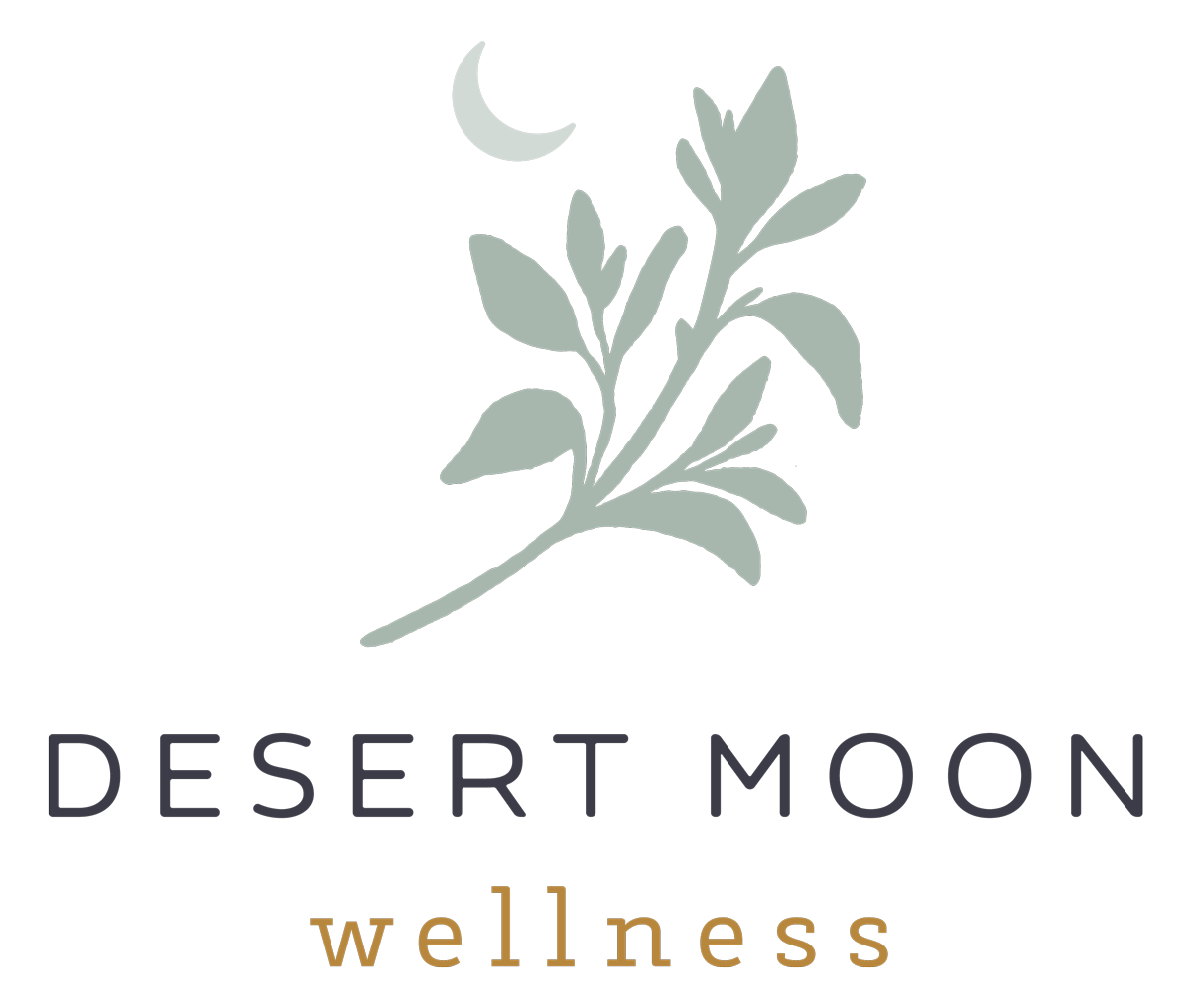Allowing Your Ancestors To Guide You
If you’ve been following along you know how much I have enjoyed reading Toko-pa Turner’s book Belonging: Remembering Ourselves Home.
I decided to write this post to amplify the chapter specifically written about Handmaking a Life. I have found through my personal self care journey with writing, herbalism, and fiber arts that there is a direct line to the ancestors that can be tugged on through these practices.
If there is one common tongue that we each share with hundreds of thousands of family members a part of our lineage it is certainly one of nature, creativity, and spirit.
If you have ever received a handmade item such as a knitted blanket, handcrafted cutting board, poem written just for you, whittled spoon, or leather bound journal for instance, then you know how special these items are. They carry with them not only the story of the plants, animals, and the elements of earth, air, fire, and water, but also the soul and story of the person who made the item. We simply cannot access that same uniqueness from plastics, or factory produced materials.
As more and more clients come to me feeling anxious and depressed, lost and confused, overwhelmed and unsatisfied I find time and time again that handcrafts are one of the most important things to connect people with, after offering validation for their experience, certainly.
The significance of slow practices reminds us that we are of this earth and it is why it feels so good to spend time with the land, with a wildcrafted tea blend, with animals, and with a handcraft. We are made of the very elements of this earth, so its no wonder why it feels incredible to connect with water, mud, fibers, wood, plants, etc.
As a mass we are moving far too fast for our own good here in America. However, we each have the power within to practice slowness. I truly believe that if more people were practicing the art of being the need for western pharmaceutical medications and psychotherapy would greatly diminish.
Learning how to be is one of the most difficult tasks for modern day humans, with constant distraction from unwelcome feelings keeping many from being able to move forward in a grounded manner. We do ourselves a grave disservice by constantly distracting through electronics or mindless chatter.
There is much healing available to us and wisdom in learning how to integrate our feelings and experiences through stillness and presence.
We have more power than we realize when it comes to crafting our reality and while cognitive reframing (shifting thought patterns) is all well and good, what is far more effective and lasting is reconnecting people with the essence of who they are through creative expression and the natural world. When this happens, anxiety settles, depression dissipates, and people find the very piece they’ve been missing.
Everything you need is already within you. It always has been.
This knowing has simply become shrouded due to trauma, limiting beliefs, and social expectations.
It is a great honor to support other sensitive, creative women, helping them to remember who they really are and grant you permission to begin clearing away those cobwebs so that you can uncover the bright light of who you really are.
In Belonging, Turner writes, “There is really only one way to restore a world that is dying and in disrepair: to make beauty where ugliness has set in. By beauty, I don’t mean superficial attractiveness, though the word is commonly used in this way. Beauty is a loveliness admired in its entirety, not just at face value. The beauty I’m referring to is metabolized grief. It includes brokenness and fallibility, and in so doing, conveys for us something deliciously real. Like kintsukuroi, the Japanese art of repairing broken pottery with powdered gold, what is normally seen as a fatal flaw is distinguished with value. When we come into contact with this kind of beauty, it serves as a medicine for the brokenness in ourselves, which then gives us the courage to live in greater intimacy with the world’s wounds.”

